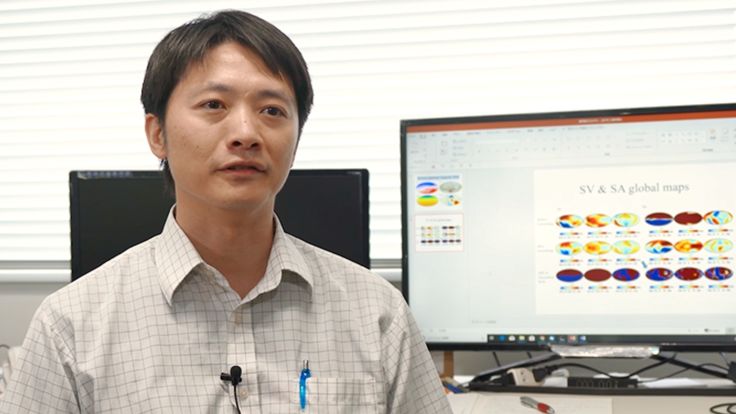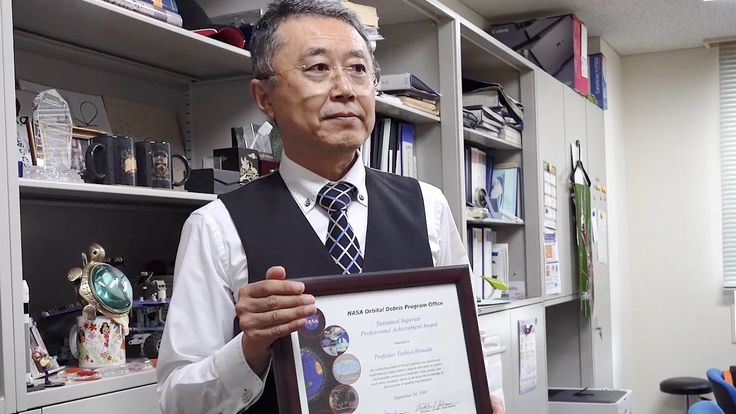Capturing carbon dioxide with polymers to mitigate climate change
with Assoc. Prof. Ikuo Taniguchi
With electricity generation, heating, and transportation currently all relying heavily on the burning of fossil fuels, nearly every convenience of modern life results in the production of carbon dioxide at some point as the result of combustion. Though seemingly harmless in low concentrations, carbon dioxide poses a major threat as the leading contributor to some of the biggest environmental issues the world faces today: global warming and climate change.
Gradual warming of Earth’s climate caused by human activities is primarily driven by greenhouse gases, so called because, like the glass of a greenhouse, they allow sunlight to enter the atmosphere while preventing heat from escaping. Carbon dioxide is the greenhouse gas emitted in the greatest quantity by human activities, so the race is on to reduce the amount of it reaching the atmosphere, with much effort being poured into research to reduce fossil fuel use.
Approaching the issue from a different angle, Ikuo Taniguchi, associate professor of Kyushu University’s International Institute for Carbon-Neutral Energy Research, is researching ways to reduce the carbon dioxide entering the atmosphere by capturing it at the emission source for storage underground. If efficient, technologies to separate carbon dioxide from exhaust gas can offer a relatively easily implemented way to make progress reducing emissions.
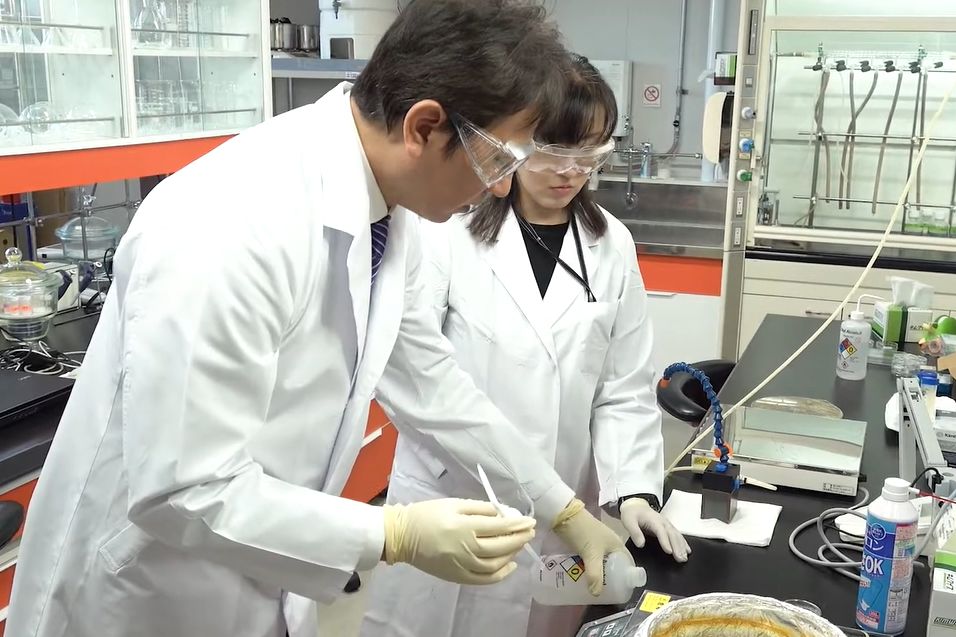
“The main technologies for carbon dioxide capture are currently absorption, adsorption, and membrane separation,” says Taniguchi. “While technologies that absorb carbon dioxide are the most studied and well developed, high costs and large amounts of energy needed to release the captured gas from the absorbent are still barriers for implementation.”
Instead, Taniguchi is developing polymer-based membranes for the passive separation of carbon dioxide from gas mixtures. While polymers are often used in the form of plastics to keep something contained, Taniguchi is engineering the long chains of molecules to allow only carbon dioxide to pass through them.
Unlike a sieve, which only allows through molecules that are smaller than its pores, the membranes use a different set of interactions to either transport or block particular molecules based on factors other than just size. By finding appropriate polymer structures and incorporating additional molecules to control these interactions, Taniguchi and his group have succeeded in achieving top-level performance separating carbon dioxide from other gases with the membranes.
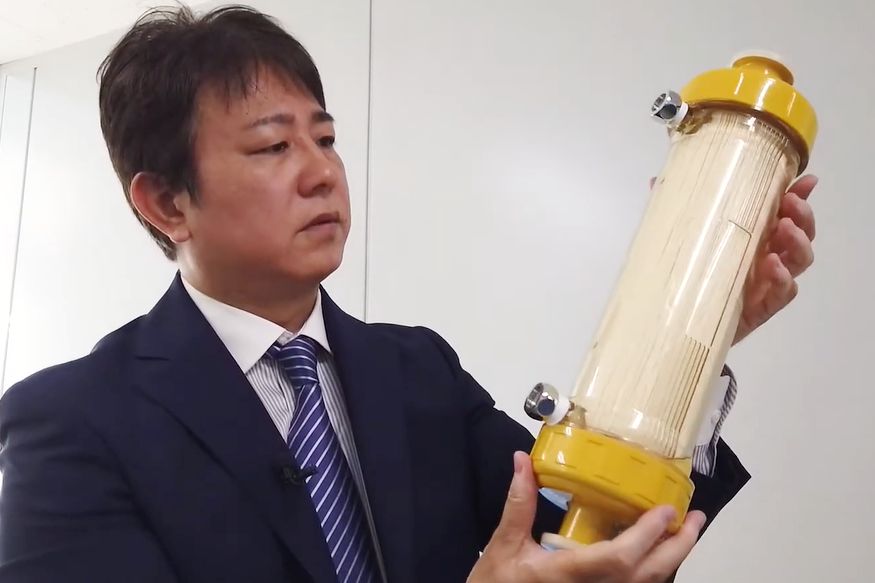
“One of our main tools for improving performance has been the incorporation of nitrogen-containing molecules called amines into the polymeric membranes,” explains Taniguchi.
“Interactions between the nitrogen groups and the carbon dioxide improve how selective the membrane is. Then, by tuning the chemical structure of the amine to optimize its interaction with carbon dioxide to be neither too strong nor too weak, we can enhance the permeability, or how quickly the molecules travel through the membrane.”
Through such research, Taniguchi has developed membranes that can even separate carbon dioxide over hydrogen, the smallest of all gaseous molecules. Such selectivity is necessary when capturing carbon dioxide emitted during the generation of hydrogen from fossil fuels such as coal or natural gas. This pre-combustion capturing of carbon dioxide is important for the advancement of hydrogen, which does not emit carbon dioxide when burned or used in fuel cells, as a low-carbon fuel.
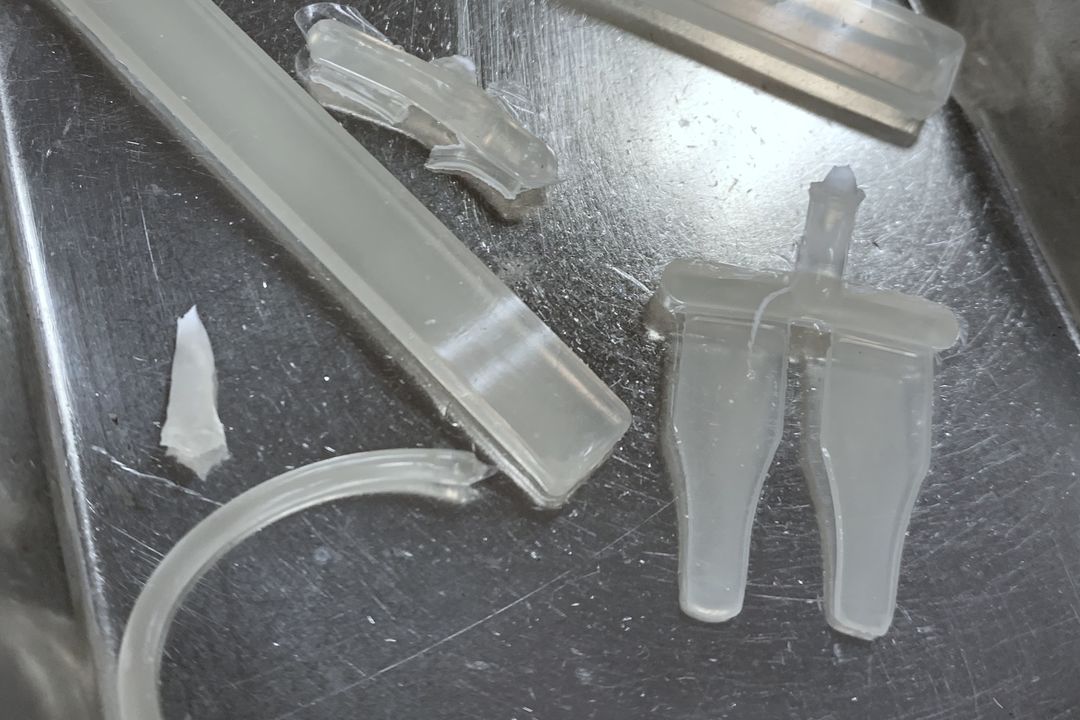
Taniguchi’s efforts go beyond the laboratory—and beyond polymers as membranes. While he is actively working on scaling up fabrication of membranes for practical use and has begun demonstrations in collaboration with companies, he is also engineering new polymers to tackle another environmental issue: plastics. The materials are facing scrutiny for how long they last in the environment, so Taniguchi is aiming to develop polymers for use in degradable plastics.
“Polymer material science can unlock novel solutions to problems such as these and more. By investigating and discovering the underlying principles, we can make improvements and breakthroughs to bring such solutions to reality,” says Taniguchi.
Both in and out of the laboratory, Taniguchi is focused on continuing such pursuits to tackle environmental problems with polymers.


































